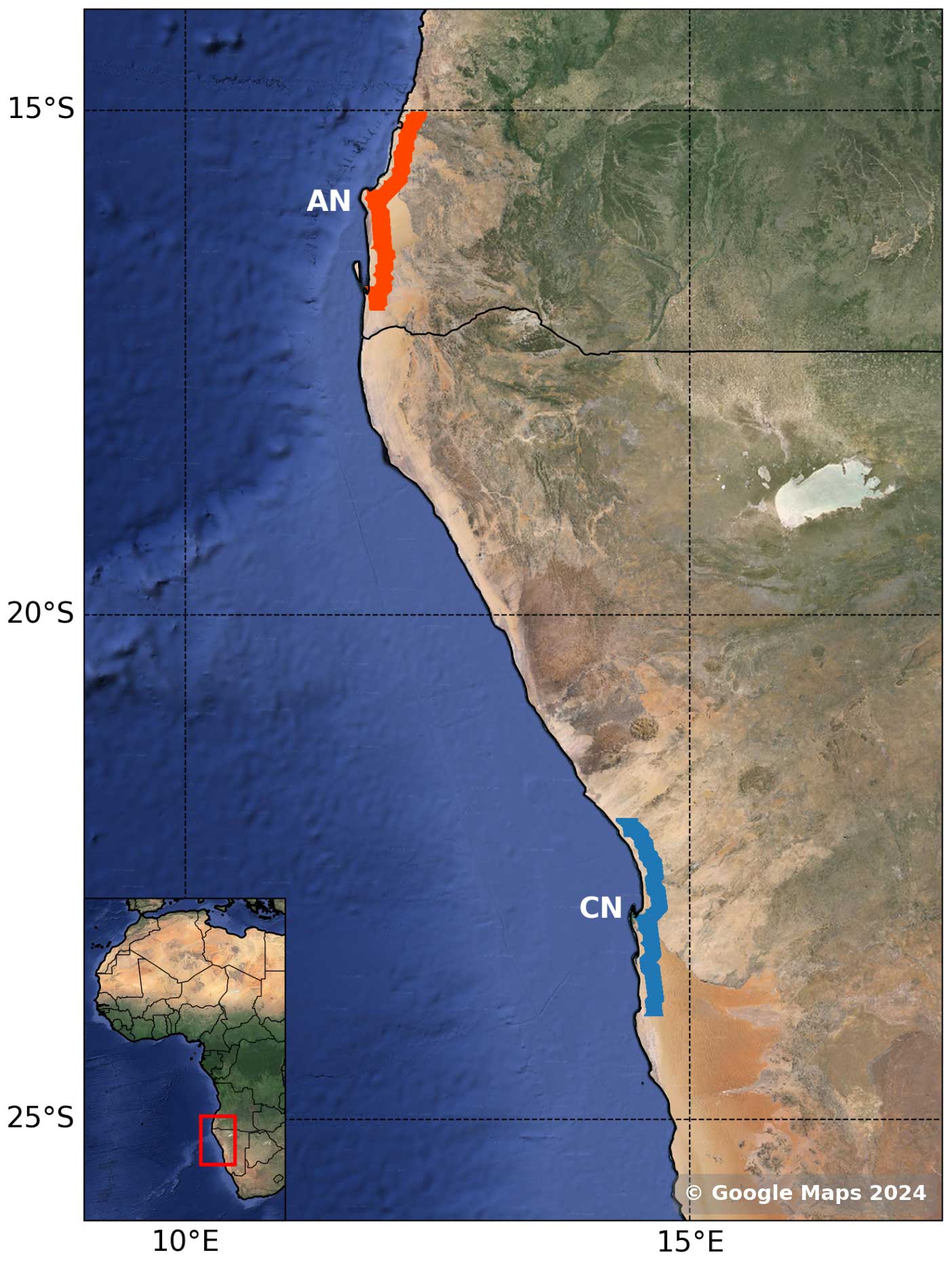Project Summary
Fog and low clouds are prominent characteristics of the hyper-arid Namib Desert. However, the mechanisms that act together to determine their occurrence and development, as well as the role of seasonally occurring aerosols from biomass burning, have yet to be quantified. For the same reason, no quantitative estimates of the future development of the Namib-region fog/low cloud system exist. In the proposed project, the role of biomass burning aerosols on fog and low-cloud occurrence and its life cycle will be analyzed on the basis of data from passive and active satellite sensors, reanalyses and local ground-based remote sensing and in-situ measurements. Backtrajectories initiated within local aerosol plumes will be used to analyze fog and low cloud patterns within groups of similar dynamic and thermodynamic conditions. The influence of the major determinants of the Namib-region fog/low cloud system will then be quantified using statistical models. On the basis of the relationships identified and captured in these models, future changes in the fog/low-cloud system will be estimated using climate model output to drive the statistical model.

Project News
- In our recent publication (ACP, 2025), we investigate the interaction between smoke aerosols and fog and low clouds (FLCs) in the Namib Desert between June and October. We make use of a satellite-based dataset of FLCs, reanalysis data and machine learning to systematically analyze FLC persistence under different aerosol loadings. Aerosol plumes are shown to modify local thermodynamics, which increase FLC persistence. But fully disentangling aerosol effects from meteorological ones remains a challenge.
- In our current work, we investigate possible past and future changes of Namibian fog and low clouds in a cloud controlling factor framework, using reanalysis and climate model output. We hope to quantify the resilience of the fog system to climatic changes.
